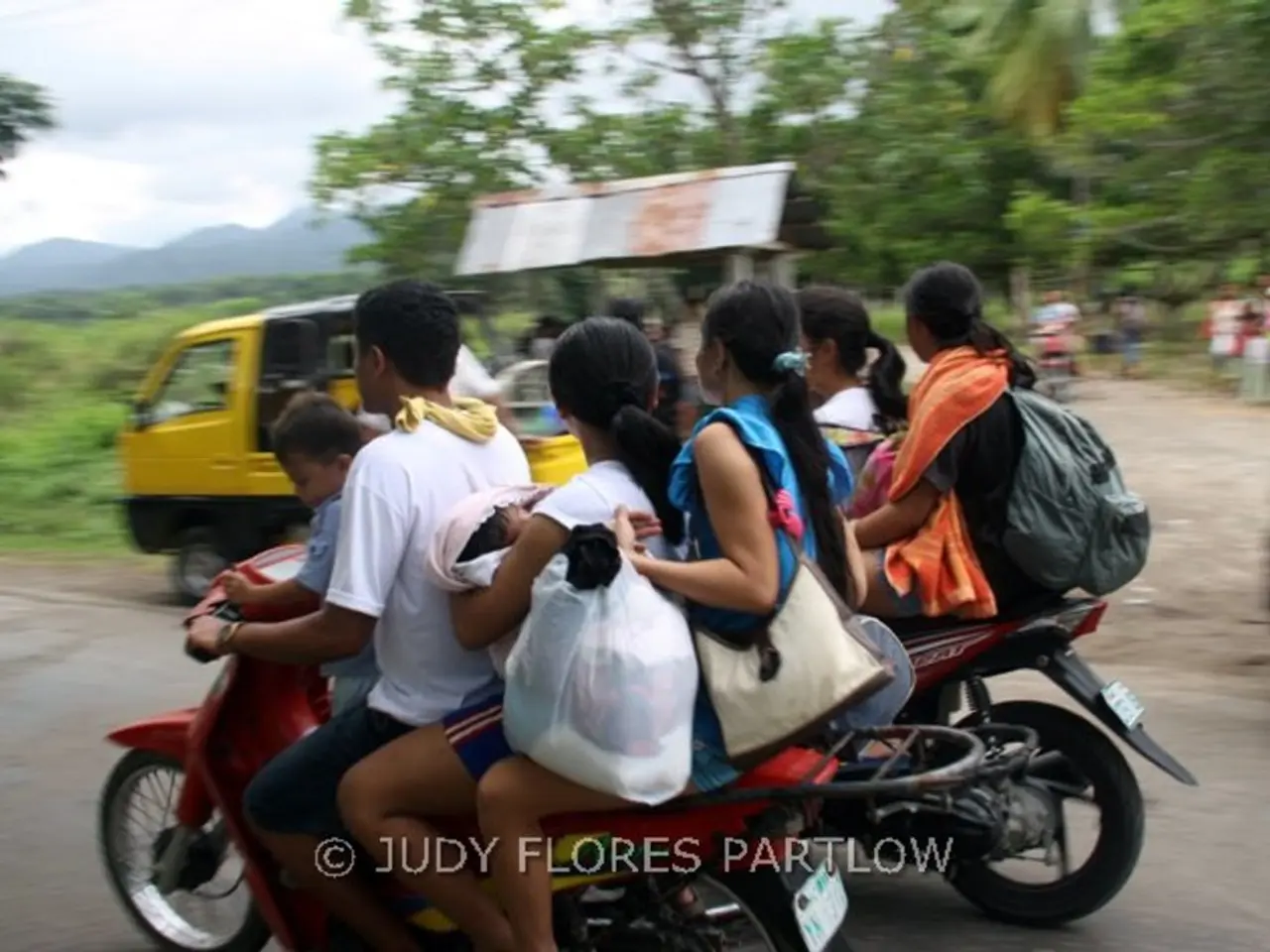Lift the Fog: Clarify the Muddle
India has embarked on a significant journey to improve the accuracy and frequency of data collection related to employment, labor participation, and household income surveys.
The Periodic Labour Force Survey (PLFS) has become a monthly feature, marking a change in India's statistical system. The revamped PLFS, starting July 2025, will include new questions aimed at better tracking of disengaged youth (NEETs - Not in Employment, Education, or Training) by age. This will provide more detailed, age-disaggregated data, enabling targeted skilling policies and better support for vulnerable groups.
The PLFS, along with administrative data sources such as MCA-21, is being used to incorporate improved and updated datasets for official economic indicators, including labour market trends and GDP calculations. This effort includes updating the base year for GDP computation to 2022–23 to more accurately reflect structural changes in the economy, including the rise of services and the digital economy.
Efforts like the Occupational Shortage Index (OSI)—a data-driven tool based on ILO methodology and integrated with the PLFS—are being introduced to better identify job roles and industries facing labor shortages. This aids workforce planning and helps improve employment outcomes.
Integration of digital infrastructure platforms such as the e-Shram database provides real-time analytics dashboards and updates for workers and policymakers, enhancing data timeliness and policy responsiveness.
The need for a sample survey of household income was highlighted in 2001 by the Rangarajan Commission. After years of attempts, the Ministry of Statistics and Programme Implementation (MoSPI) has announced a plan to conduct the first-ever household income survey in 2026. The survey will factor in multiple endowment funds and other benefits transferred from the state to the citizens while estimating household financial status and well-being or poverty and inequality.
The new CPI series, to be released from early 2026, aims to address concerns about the incongruity between the evolving consumption scenario and the index. The Consumer Price Index (CPI) basket and the relative weights of each item in the index are set to undergo revisions.
While just over 32 million Indians pay income tax, high-value purchases far outweigh what's feasible from the taxable income reported, suggesting potential misuse of benefits meant for the less fortunate. This discrepancy has been a long-standing issue, with attempts to hold a sample survey of household income in the past proving unsuccessful, with gathered income data found to be lower than estimates of consumption and savings.
The government has shifted to a multidimensional poverty index, with deprivations in health, education, and living standards emblematic of real poverty. The multidimensional poverty index is currently used in place of a poverty line based on income in India. The Surjit Bhalla-led expert group is tasked with improving data integrity while drawing up the hodology for the new income survey.
However, discrepancies between different data sets have been noted, particularly in relation to India's global hunger index and poverty estimates. The new initiatives aim to address these discrepancies and provide a more accurate and comprehensive picture of India's socioeconomic landscape.
These combined initiatives reflect a focused governmental effort to enhance data accuracy, granularity, and frequency in labor and household income statistics, which are crucial for informed policy-making in employment and skill development domains. The inclusion of detailed age-specific NEET data and the use of digital platforms for data analytics are particularly significant for improving targeting of interventions.
- To support informed decisions in finance and business, the government plans to update the base year for GDP computation to 2022–23, incorporating the rise of services and the digital economy, and adds that the need for a sample survey of household income will be addressed in 2026, considering multiple endowment funds and benefits.
- In an attempt to address the discrepancy between reported taxable income and high-value purchases, the government is considering the integration of digital infrastructure platforms like e-Shram for real-time analytics, while also shifting to a multidimensional poverty index that includes deprivations in health, education, and living standards.
- As India looks to improve labor market trends and address concerns about the incongruity between the evolving consumption scenario and the Consumer Price Index (CPI), the government is revamping the Periodic Labour Force Survey (PLFS) and introducing the Occupational Shortage Index (OSI) to better identify job roles and industries facing labor shortages, preparing for the new CPI series release in early 2026.






